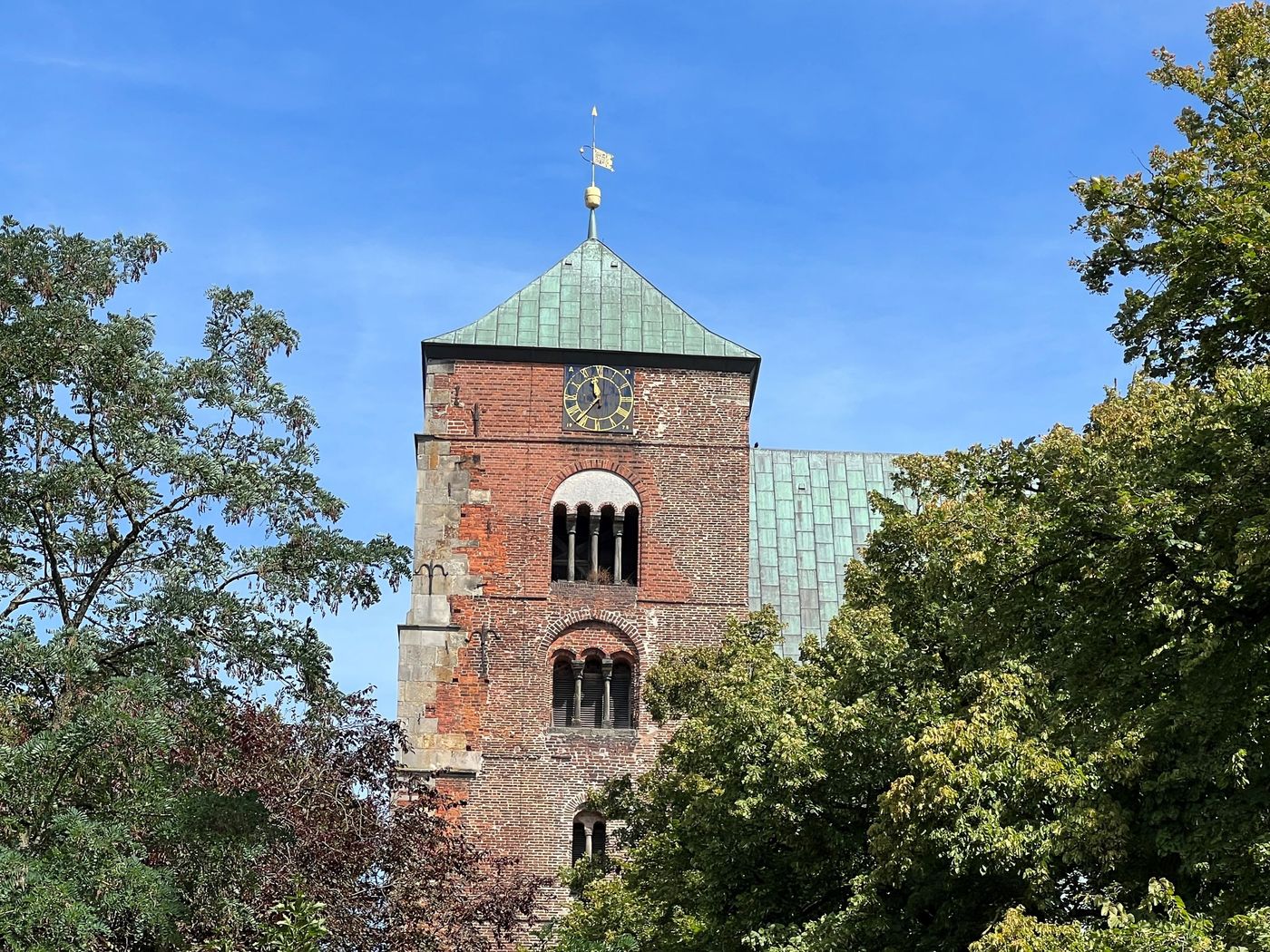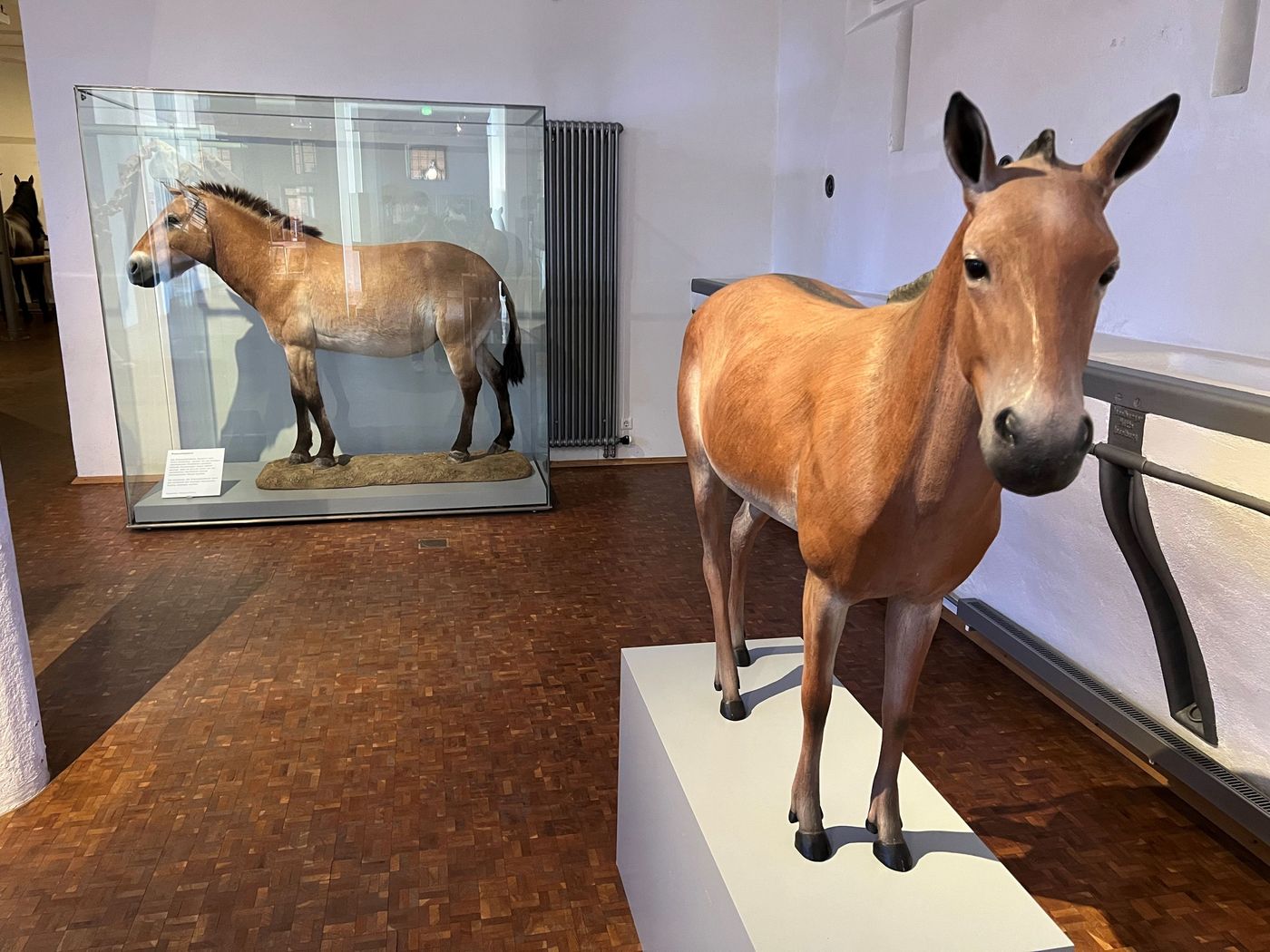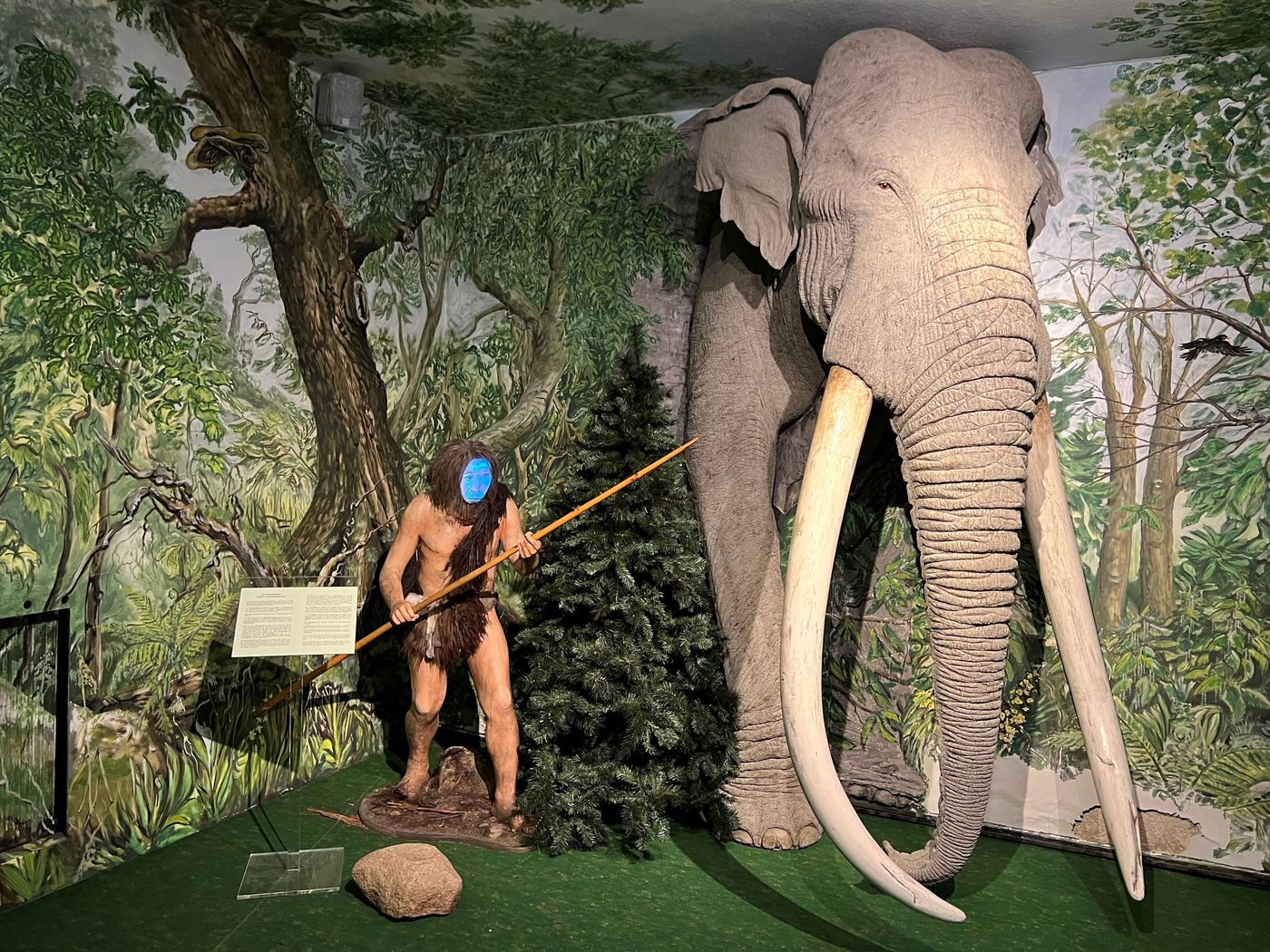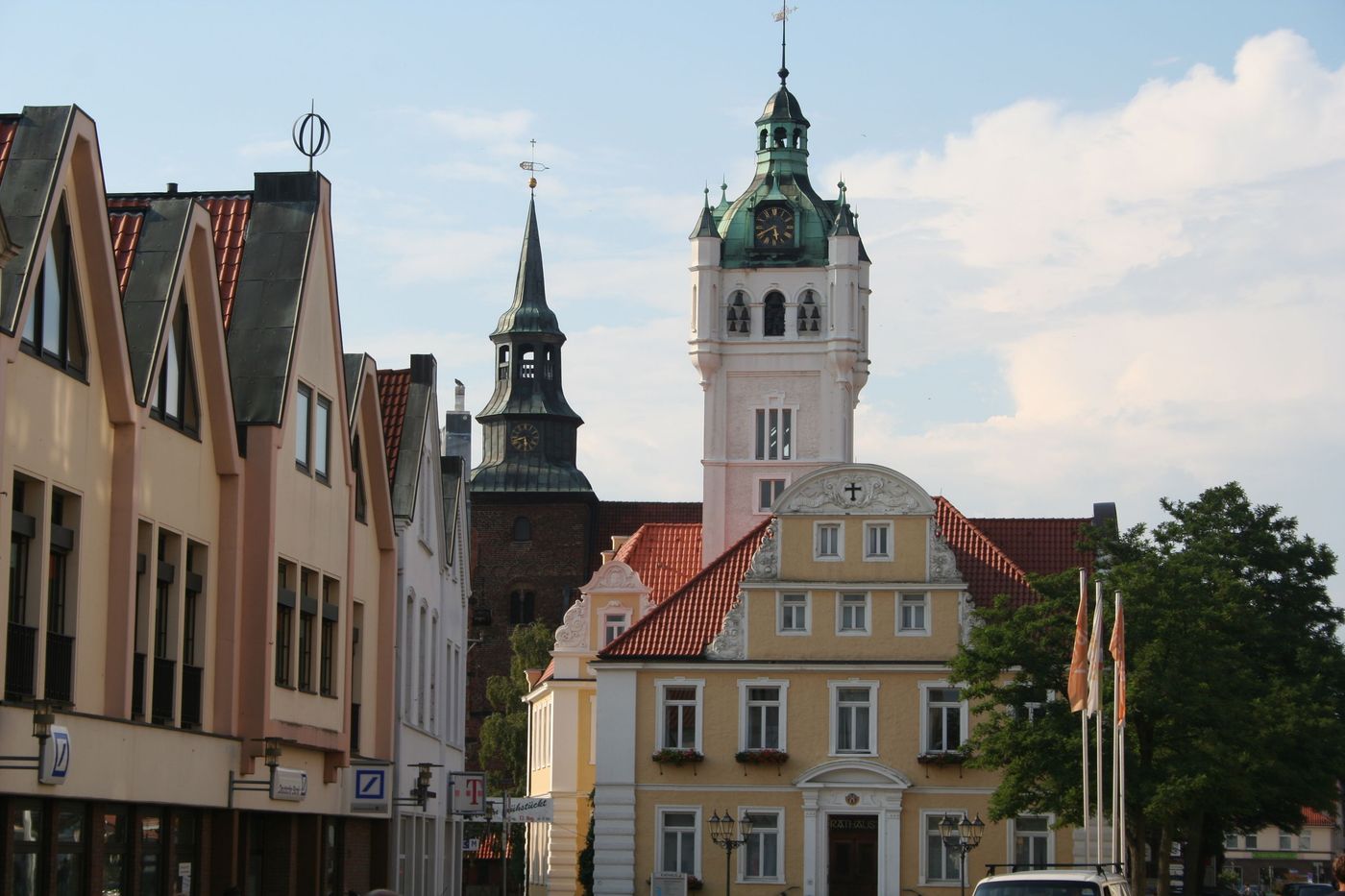









Landmark of the city of Verden (Aller)
After the introduction of the Reformation in 1568 until the Peace of Westphalia in 1648, the cathedral was the seat of the Lutheran prince-bishops, then the Bishopric of Verden was transformed into the Duchy of Verden under Swedish sovereignty. In 1651 the cathedral chapter was dissolved. Today it houses the Evangelical Lutheran Cathedral in Verden. Today's cathedral had various predecessor buildings. The Carolingian church, built in 814, became the seat of Bishop Walter in 849. After a fire, Bishop Amelung had a new building, also made of wood. Around 1000, Bishop Bernhard II placed a stone tower in front of the wooden nave.
Today's cathedral building was built over many years and in various construction phases. Under Bishop Wigger (term of office 1013–1031), the first stone early Romanesque basilica was built. The sandstone substructure of the tower comes from this Ottonian church. It was consecrated to St. Mary and St. Cecilia in 1028. In the 11th century, the Romanesque bell tower that survives today was built of brick under Bishop Hermann (1149-1167). Work began on the Basilica of the Holy Cross, which was completed between 1181 and 1185. In 1268, the Romanesque brick basilica burned down, but was repaired and continued to be used. In 1290, under Bishop Konrad I, the construction of a high Gothic hall church made of brick began. Lack of funds and pauses in construction meant that the construction work could not be completed until 1490. The nave is a three-nave hall with four bays and a choir in the hall. This is probably the earliest hall choir in German architecture. The transept is short, the transept square. The walls of the choir and nave are divided by large tracery windows and buttresses. The spacious and light-looking interior is divided by cantoned round pillars with strong belt arches and thin services. With the exception of the central chancel window from 1913, all windows were destroyed during the Second World War. In 1737, a hurricane destroyed the high, slender spire, and since then it has had its current low copper tent roof. In 1829, an extensive renovation took place under the direction of the master builder Leo Bergmann. The furnishings of the Renaissance and Baroque periods were removed and the cathedral was re-gothicized in the Romantic spirit. The pulpit, staircase and cast-iron choir stalls are neo-Gothic. The Levite chair dates from the time of the consecration of the Gothic cathedral (around 1323). The funerary monuments are no longer in their original place. The large organ on the north gallery from 1968 was built by the organ builder Hillebrand from Altwarmbüchen near Hanover. The choir organ was built in 1972 by the company Hoffmann Orgelbau. The cloister dates back to the 12th century. Six sculptures are striking. They are symbols of temperance, strength, hope, faith, love, wisdom and justice. In the inner courtyard of the cathedral, on the left-hand side, high up on the edge of the roof, is the Stone Man. The Stone Man is probably a gargoyle that has become useless.When the original function of this figure was no longer exactly recognized, a legend arose with which an explanation for this figure was found:The legend of the Stone Man at the Cathedral of Verden:Once upon a time there was a sexton or rentmaster of the cathedral who is said to have embezzled and shamefully squandered the funds of this place of worship. When he was to give an account to the bishop and the cathedral chapter, he swore to the devil if he had done so. Thereupon a terrible howling and laughing arose three times around the cathedral, and the evil one himself appeared, seized the sexton, and was about to go out with him through the wall of the cathedral. In the process, the devil's "prey" got stuck in the wall and turned to stone.Wanderjourneymen and the Stone Man:In earlier centuries, the journeymen came to Verden on the Walz to get work, accommodation and food. Before that, however, they had to go with the head journeyman to Verden Cathedral and see the Stone Man. The craftsmen were told that he was a thief who wanted to enter the cathedral, but was immediately turned to stone. In the hiking book they had brought with them, the journeymen were stamped to confirm that they had seen the Stone Man at Verden Cathedral. In this way, it was always possible to prove the visit to the city of Verden, which was already important at that time. At the same time, this story was an admonition to honesty to the foreign craftsmen. To the south of the cathedral is the cathedral square (Green Street). The park-like square was used as a cemetery from 800 to 1800. In 1815, 136 lime trees were planted in the form of avenues and used as a parade ground. The square was given its current appearance by the erection of the Uhlan Monument, the Second Hanoverian Uhlan Regiment No. 14 was stationed in the Verden Holzmarkt barracks from 1873 to 1886. The bishop's monument is also interesting.
Show originalmittelweser-region
Further information
dom-verden.de
+49 4231 / 2495
More moments in the area
Discover Verden 

